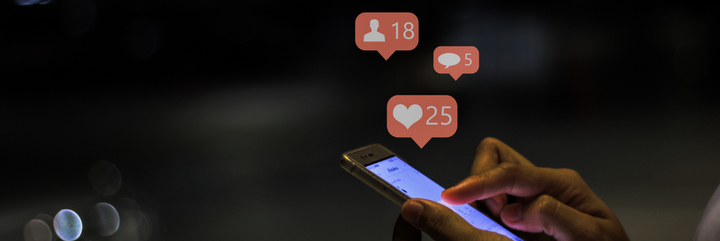Jack Loechner, writing for the Research Brief from The Center for Media Research, discusses Deloitte’s 2015 Digital Democracy Survey, which highlights the influencers of U.S. consumer purchases:
-More than 80% of Americans aged 14+ report that recommendations from friends, family or known acquaintances have a medium or high influence on their purchase decisions.
-Among paid media, television ads still command the broadest influence, according to 65% of respondents.
-Other paid media influencing purchase decisions include: in-theater ads, magazine ads, and newspaper ads.
-Unpaid influencers include: online reviews/recommendations from social media friends and online reviews.
-An endorsement from an online personality is approximately as influential as an endorsement from a celebrity.
Understanding the paid and unpaid media influencers of consumer purchase decisions is vital for marketers.
See all 5 Cups articles.
For more on this topic, check out the Media Tab in Morning Coffee.



